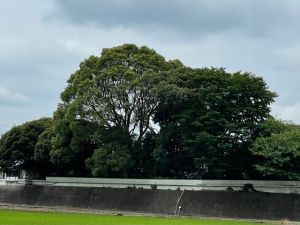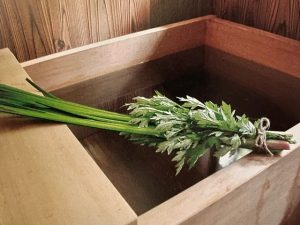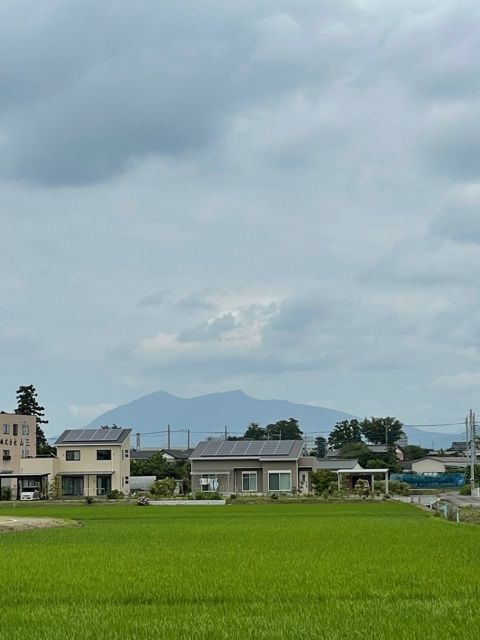By Avi Landau
Though the vernal and autumnal equinoxes have been designated national holidays in Japan (it is around these days that it is customary to visit and clean the family graves), the winter and especially the summer solstices usually go by without any notice. Those with this year’s Japanese calendar might notice the characters 夏至 (geshi, summer solstice) on the square marking June 21st, and that is about it. This contrasts sharply with the countries of Europe (especially the northern ones), which host a variety of festivals and ceremonies marking the day with the longest daylight hours of the year. This situation seems curious indeed for a country and a nation which pays such close attention to the flow of the seasons and the progression of natural phenomena*. One reason for this might be that the GESHI falls smack in the middle of the rainy season (梅雨, tsuyu), and is marred almost every year by gloomy, overcast weather (which is why it might be difficult to observe today`s partial solar eclipse!**) In fact, though there is almost a five hour difference in the length of daytime between the GESHI and the 冬至 (to-ji, winter solstice) in the Tsukuba area, the sun SHINES unobscured for many more hours on average on the shortest day of the year!

There is now a way to make your summer solstice MEANINGFUL, and certainly more fun than it has ever been for you in Japan before. For several years a movement has been growing which promotes turning the summer solstice into CANDLE NIGHT. As a way to promote energy conservation and environmental awareness, people around the world are asked to refrain from using electricity between 8 and 10pm. There are many ways life can be enjoyed without the help of the Tokyo Electric Power Company. You should try it! For more information and plenty of ideas check out : www.candle-night.org/english/ Of course you should conserve energy EVERY DAY ! This festive way of living without electricity for a few hours is a good place to start, especially for giving awareness to kids. Have a happy 夏至. Enjoy the daylight! IT ONLY GETS SHORTER FROM TOMORROW!

* In fact, just as I suspected, there IS, (though I should say WAS) a special Japanese custom for the summer solstice, which created a perfect balance with the popular custom connected with the winter solstice. On the shortest day of the year, the Japanese take a bath with YUZU ( a kind of citrus fruit called a citron) in the water (YUZUYU, ゆず湯). Then on the longest day of the year people took a bath with a plant called SHOBU (calamis)- SHO-BUYU (菖蒲湯). What happened though, was that this special mid-summer bath came to be strongly connected with TANGO NO SEKKU (now called Children`s Day), which before the calendar was changed in 1872 was celebrated on the 5th day of the 5th month according to the old calendar (KYU-REKI、 旧暦). That date usually fell just around the time of the summer solstice (for example last year, June 21, 2023 was the 4th day of the 5th month according to that calendar). So when the Japanese began celebrating Children`s Day on May 5th (the 5th day of the 5th month according to the Gregorian Calendar) the custom of SHO-BUYU lost its connection in people`s minds with mid-summer. Quiz your Japanese friends- you will most probably find that no none is aware of the connection- though it does make a perfect balance for the citron baths of December!
